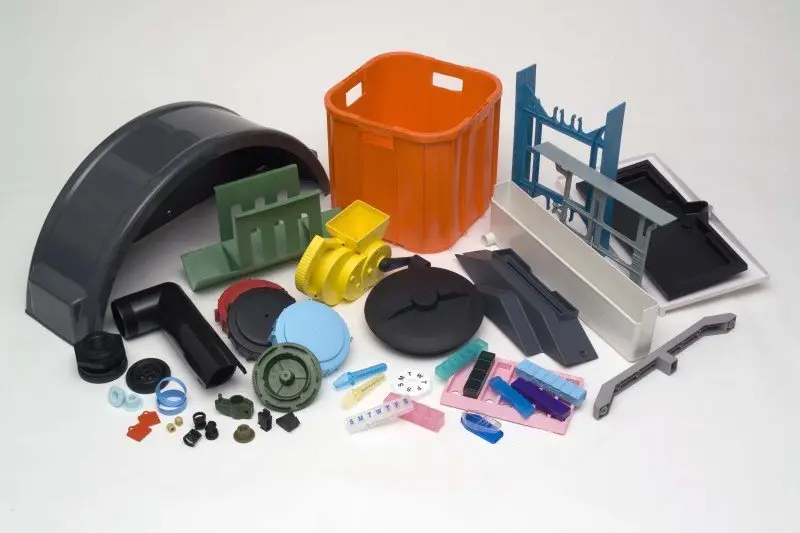Selecting the right plastic material is one of the most crucial steps in the injection molding process. The choice of material affects everything—from the strength and durability of the final product to its appearance, flexibility, and cost. Here’s a breakdown of the key considerations and popular plastic options to help you make an informed decision.
Key Factors to Consider
1. Mechanical Properties
Strength & Durability: Does the part need to withstand high impact, stress, or wear?
Flexibility vs. Rigidity: Should the part bend under pressure or remain rigid?
Temperature Resistance: Will it be exposed to heat, cold, or fluctuating temperatures?
2. Chemical Resistance
Will the plastic come into contact with oils, solvents, water, or other chemicals? Some plastics resist corrosion better than others.
3. Aesthetic Requirements
Colorability: Can the plastic be easily dyed or pigmented?
Surface Finish: Does it allow for smooth textures, gloss, or matte finishes?
4. Regulatory and Safety Requirements
Food Grade / Medical Grade: Must the plastic comply with FDA, ISO, or other safety standards?
Flame Retardancy: Is fire resistance important?
5. Cost and Availability
Some materials are cost-effective but may not meet all performance criteria.
Consider long-term production costs, not just the raw material price.
6. Processing Conditions
Some plastics require higher temperatures or longer cooling times, which can impact cycle time and tooling wear.
Common Plastics Used in Injection Molding
1. Polypropylene (PP)
Pros: Lightweight, good chemical resistance, flexible, cost-effective
Uses: Containers, automotive parts, living hinges, medical devices
2. Acrylonitrile Butadiene Styrene (ABS)
Pros: Strong, tough, good surface finish, impact-resistant
Uses: Consumer products, enclosures, electronics
3. Polycarbonate (PC)
Pros: High impact resistance, transparent, heat-resistant
Uses: Lenses, safety gear, electronics, automotive components
4. Nylon (Polyamide, PA)
Pros: High strength, abrasion-resistant, good for mechanical parts
Cons: Absorbs moisture, which can affect properties
Uses: Gears, bearings, bushings
5. Polyethylene (PE)
Pros: Flexible, chemical-resistant, good electrical insulator
Types: HDPE (rigid), LDPE (flexible)
Uses: Bottles, toys, piping, insulation
6. Polystyrene (PS)
Pros: Inexpensive, easy to mold, rigid
Uses: Disposable cutlery, packaging, lab ware
7. Thermoplastic Elastomers (TPE)
Pros: Rubber-like flexibility, recyclable, soft touch
Uses: Grips, seals, over-molded parts
Specialty Plastics (for demanding applications)
PPS (Polyphenylene Sulfide): High heat resistance, chemical resistance, often used in automotive and electronics.
PEEK (Polyetheretherketone): Extremely durable, high-performance, used in aerospace and medical.
Acetal (POM): Low friction, high stiffness, good dimensional stability.
Conclusion
Choosing the right plastic material for injection molding isn’t just about picking what’s cheapest or easiest to mold. It’s about finding the best match for your product’s function, environment, and lifecycle. Collaborating with experienced engineers or material scientists can also help optimize both performance and cost.


